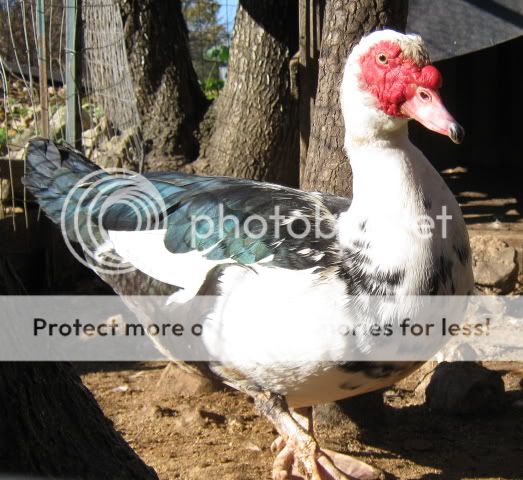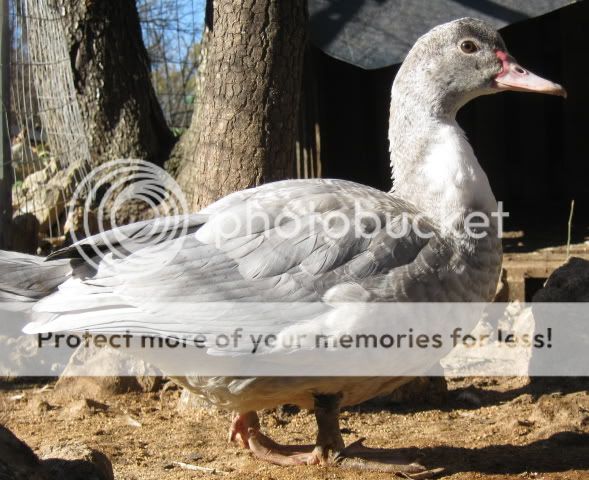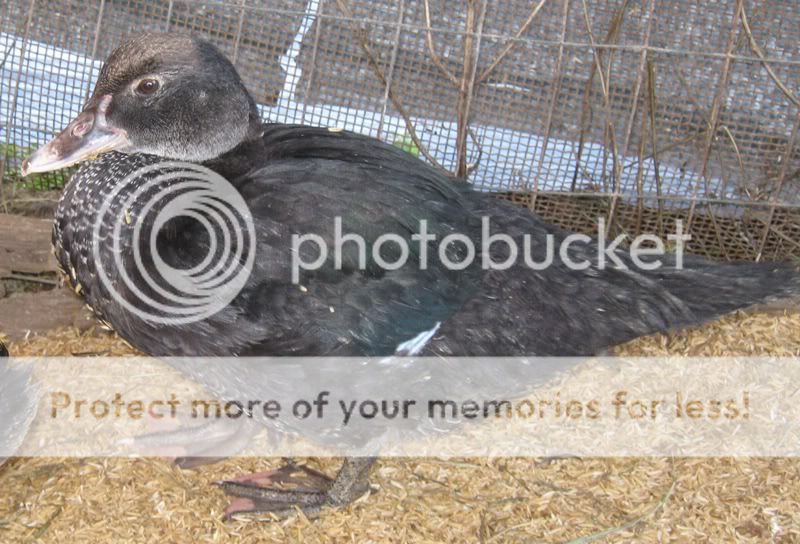- Thread starter
- #11
- May 4, 2008
- 474
- 7
- 151
BW Pied Drake

Blue and white pied drake (As a baby) and Blue and white pied hen in the BG to the right and silver behind the drake

Silver and white shes a bit shadowed in this one and since she is full grown now has gotten alot lighter grey

Black hen with frosting as a baby no current pics sorry. she lost that silver lacing on her chest She is solid black with face frosting but never went full white head like her sis

Her full sister that was born same time current picture solid black WH in moult though and in a pen of this years babies.

No I do not consider that one baby a silver barred it has to much buff coloring Silvers are a light light grey

Blue and white pied drake (As a baby) and Blue and white pied hen in the BG to the right and silver behind the drake

Silver and white shes a bit shadowed in this one and since she is full grown now has gotten alot lighter grey

Black hen with frosting as a baby no current pics sorry. she lost that silver lacing on her chest She is solid black with face frosting but never went full white head like her sis

Her full sister that was born same time current picture solid black WH in moult though and in a pen of this years babies.

No I do not consider that one baby a silver barred it has to much buff coloring Silvers are a light light grey



